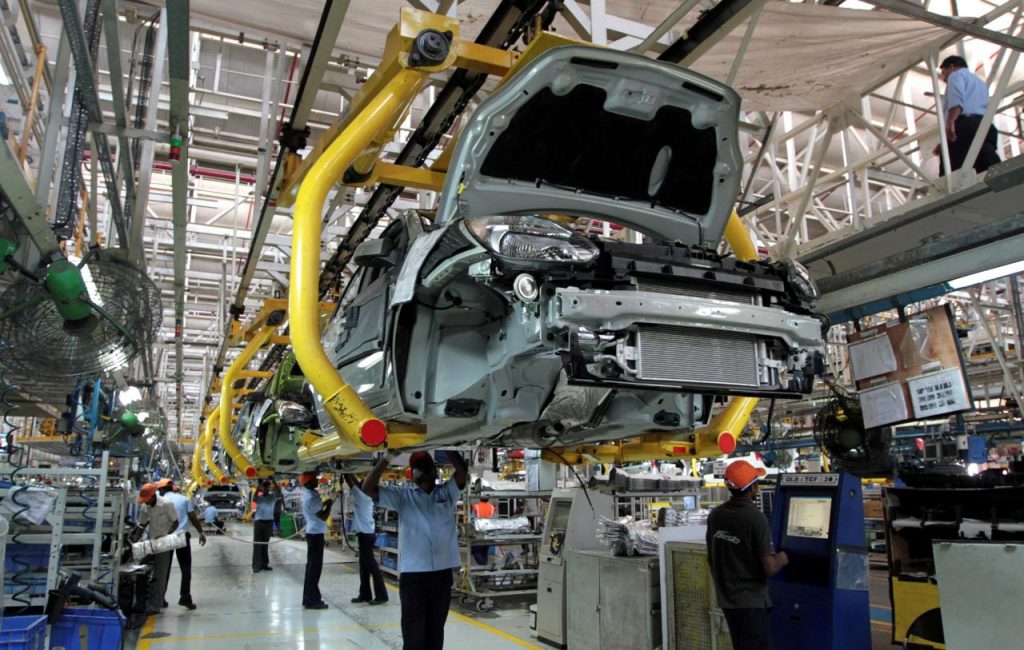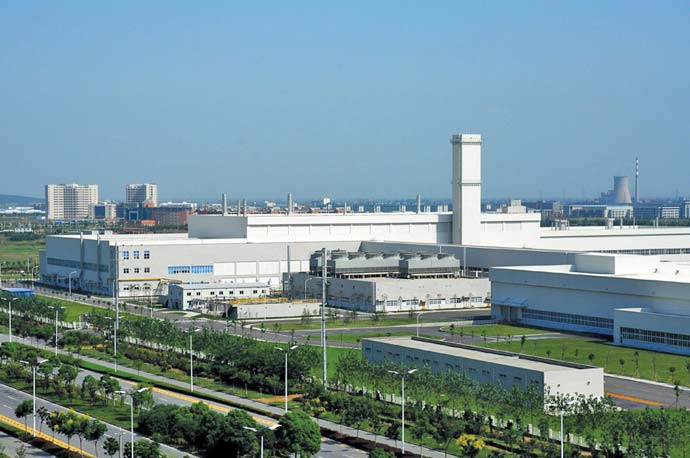Ford is set to Restart Engine Production at its former vehicle-manufacturing site in southern India, marking a notable pivot in its India strategy.
What is Happening
The Key Facts:
- The facility in question is the Maraimalai Nagar plant near Chennai in the southern state of Tamil Nadu. Reports say it will be re-tooled to produce “next-generation” high-end engines for export markets.
- The investment on the table is about ₹ 3,250 crore (≈ US $370 million) to bring the plant back into production.
- Annual production capacity is projected at about 235,000 engines (some reports mention “over 200,000”).
- The announcement is backed by a joint MoU signed between Ford and the Tamil Nadu government.
- The engines manufactured at this facility will be for export markets, and reportedly not destined for the U.S. market.
Why This Matters
Ford’s move carries significance for several reasons:
- Ford had already exited manufacturing cars in India for the domestic market in 2021, citing unsustainable losses.
- This shift to engine production is part of a broader trend of global automakers rethinking manufacturing footprints — locating specialised components production in cost-effective, export-oriented hubs.
- Tamil Nadu is one of India’s automotive power-houses, offering an established supply-chain infrastructure, a skilled workforce, and favourable industrial policies. Ford clearly cited India’s manufacturing expertise as a reason.
- By focusing on exports, Ford is less exposed to the fiercely competitive, price-sensitive Indian domestic market and can leverage India as a global manufacturing base.
Strategic Implications
- For Ford: This is a turnaround of sorts. Rather than just pulling out of India, the company is repurposing its assets to serve global markets. It also gives Ford flexibility and potential cost advantages in global sourcing of power-trains.
- For India / Tamil Nadu: The investment boosts the region’s credentials as a global automotive manufacturing hub, and adds potential for employment (direct + indirect) and export revenues. The reports mention the creation of “more than 600 jobs”.
- For global supply chains: With increasing geopolitical uncertainty and manufacturers seeking diversification from China or other dominant hubs, India may strengthen its position as an alternate manufacturing base.
- For the broader automotive industry: The move signals confidence in internal combustion (or hybrid) power-trains even as the industry is transitioning into EVs — dedicated “next-gen” engines may reflect advanced ICE/HEV tech rather than legacy units.
Things To Watch / Questions Remaining
- What exactly is “next-generation”? Ford has not publicly disclosed full technical details of the engines to be produced at Chennai — whether they are purely internal combustion, hybrid, or some other variant.
- Export destinations: While it is clear these engines will be exported, the precise global markets have not been confirmed.
- Timeline: Production is expected to begin around 2029 for the full capacity. Some sources mention that timeline.
- Domestic impact: Since the plant is oriented for export, the impact will be on local component suppliers, and any tie-in with domestic production remains to be seen.
- Regulatory / trade risks: With global trade tensions, protectionism (for example, U.S. policies favouring domestic manufacturing) could pose risks to the export-oriented strategy. One article mentions this backdrop.
Conclusion
Ford’s decision to re-activate its Chennai plant as an engine production hub for export is a strategic one — marrying India’s manufacturing strengths with Ford’s global power-train supply chain needs.
While Ford may have exited its earlier domestic vehicle business in India, this move suggests a new kind of engagement: not relying on local sales, but on the creation of an export-oriented manufacturing base.
The investment, capacity targets, and MoU all signal seriousness. If executed well, this could bolster Tamil Nadu’s automotive ecosystem, give Ford a competitive global manufacturing node, and reflect shifting paradigms in where and how global automakers produce key components.


